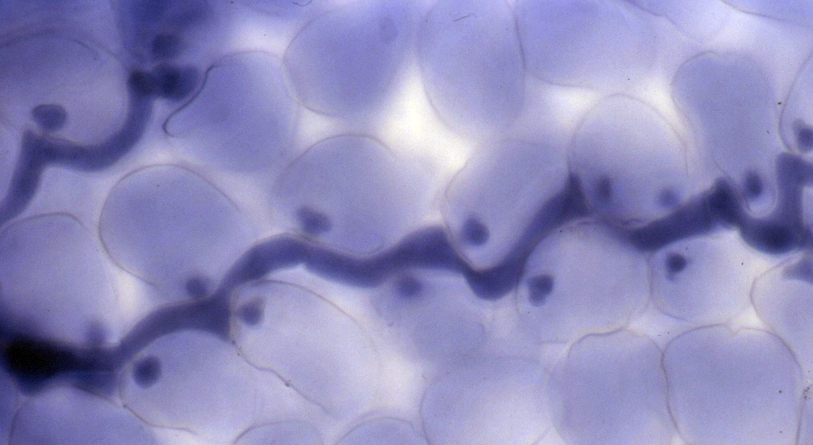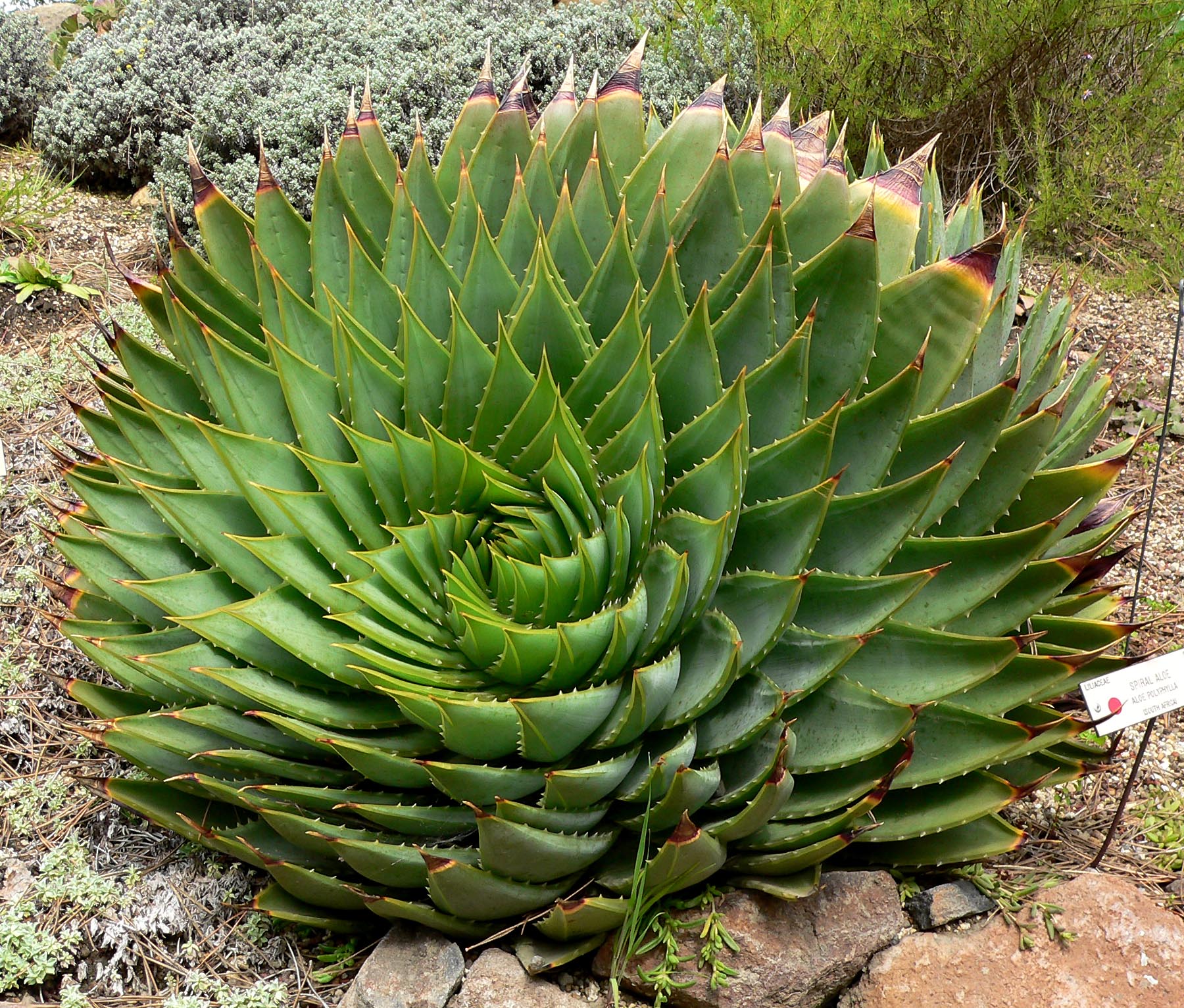|
Dendropemon
''Dendropemon'' is a genus of mistletoes which is endemic to the Caribbean. Members of the genus are hemi-parasites which normally grow on trees and shrubs, although self-parasitism is known to occur. The approximately 31 species range from The Bahamas and Cuba in the north and west, to Barbados and St. Vincent in the southwest. Diversity and endemism is highest on the island of Hispaniola.Kuijt (2011) pp. 14-15 The name ''Dendropemon'' coined by botanist Carl Ludwig Blume in 1830. He recognised it as a section within the genus '' Loranthus'', rather than a distinct genus. Although no derivation was given for the name of the genus, it is believed to come from the Greek ''dendron'' (δένδρν), tree, and ''pemon'' (πήμων), harmful. Description ''Dendropemon'' is a genus of hemi-parasitic mistletoes which parasitise trees and shrubs. Plants are "moderate" sized with simple, opposite leaves and stems that are generally rounded or square, but are occasionally winged. Epico ... [...More Info...] [...Related Items...] OR: [Wikipedia] [Google] [Baidu] |
Dendropemon Emarginatus
''Dendropemon emarginatus'' is an endemic species being currently found only among the tropical flora of Cuba. ''Dendropemon emarginatus'' is commonly known as proud tree because it is said to be proud enough as to never touch the ground since it is always growing with support of some other plant. It is a plant parasite and is able to undergo photosynthesis during at least one stage of its life cycle (hemiparasite). It obtains water and required nutrients from its host plant's xylem through a structure called the haustorium In botany and mycology, a haustorium (plural haustoria) is a rootlike structure that grows into or around another structure to absorb water or nutrients. For example, in mistletoe or members of the broomrape family, the structure penetrates t ..., which also provides support by attaching and penetrating the host plant's bark. It is used to prepare tea to treat colds, worms and pain in general. References {{Taxonbar, from=Q18079976 Loranthaceae ... [...More Info...] [...Related Items...] OR: [Wikipedia] [Google] [Baidu] |
Loranthaceae
Loranthaceae, commonly known as the showy mistletoes, is a family of flowering plants. It consists of about 75 genera and 1,000 species of woody plants, many of them hemiparasites. The three terrestrial species are '' Nuytsia floribunda'' (the Western Australian Christmas tree), '' Atkinsonia ligustrina'' (from the Blue Mountains of Australia), and ''Gaiadendron punctatum'' (from Central/South America.) Loranthaceae are primarily xylem parasites, but their haustoria may sometimes tap the phloem, while ''Tristerix aphyllus'' is almost holoparasitic. For a more complete description of the Australian Loranthaceae, seFlora of Australia online, for the Malesian Loranthaceae seFlora of Malesia Originally, Loranthaceae contained all mistletoe species, but the mistletoes of Europe and North America ('' Viscum'', ''Arceuthobium'', and '' Phoradendron'') belong to the family Santalaceae. The APG II system 2003 assigns the family to the order Santalales in the clade core eudicots. P ... [...More Info...] [...Related Items...] OR: [Wikipedia] [Google] [Baidu] |
Leaf Shape
The following is a list of terms which are used to describe leaf morphology in the description and taxonomy of plants. Leaves may be simple (a single leaf blade or lamina) or compound (with several leaflets). The edge of the leaf may be regular or irregular, may be smooth or bearing hair, bristles or spines. For more terms describing other aspects of leaves besides their overall morphology see the leaf article. The terms listed here all are supported by technical and professional usage, but they cannot be represented as mandatory or undebatable; readers must use their judgement. Authors often use terms arbitrarily, or coin them to taste, possibly in ignorance of established terms, and it is not always clear whether because of ignorance, or personal preference, or because usages change with time or context, or because of variation between specimens, even specimens from the same plant. For example, whether to call leaves on the same tree "acuminate", "lanceolate", or "linear" coul ... [...More Info...] [...Related Items...] OR: [Wikipedia] [Google] [Baidu] |
Viscin
{{Short pages monitor ... [...More Info...] [...Related Items...] OR: [Wikipedia] [Google] [Baidu] |
Haustoria
In botany and mycology, a haustorium (plural haustoria) is a rootlike structure that grows into or around another structure to absorb water or nutrients. For example, in mistletoe or members of the broomrape family, the structure penetrates the host's tissue and draws nutrients from it. In mycology, it refers to the appendage or portion of a parasitic fungus (the hyphal tip), which performs a similar function. Microscopic haustoria penetrate the host plant's cell wall and siphon nutrients from the space between the cell wall and plasma membrane but do not penetrate the membrane itself. Larger (usually botanical, not fungal) haustoria do this at the tissue level. The etymology of the name corresponds to the Latin word '' haustor'' meaning ''the one who draws, drains or drinks'', and refers to the action performed by the outgrowth. In fungi Fungi in all major divisions form haustoria. Haustoria take several forms. Generally, on penetration, the fungus increases the surface ar ... [...More Info...] [...Related Items...] OR: [Wikipedia] [Google] [Baidu] |
Phyllotaxis
In botany, phyllotaxis () or phyllotaxy is the arrangement of leaves on a plant stem. Phyllotactic spirals form a distinctive class of patterns in nature. Leaf arrangement The basic arrangements of leaves on a stem are opposite and alternate (also known as spiral). Leaves may also be whorled if several leaves arise, or appear to arise, from the same level (at the same node) on a stem. With an opposite leaf arrangement, two leaves arise from the stem at the same level (at the same node), on opposite sides of the stem. An opposite leaf pair can be thought of as a whorl of two leaves. With an alternate (spiral) pattern, each leaf arises at a different point (node) on the stem. Distichous phyllotaxis, also called "two-ranked leaf arrangement" is a special case of either opposite or alternate leaf arrangement where the leaves on a stem are arranged in two vertical columns on opposite sides of the stem. Examples include various bulbous plants such as ''Boophone''. It also ... [...More Info...] [...Related Items...] OR: [Wikipedia] [Google] [Baidu] |
Loranthus
''Loranthus'' is a genus of parasitic plants that grow on the branches of woody trees. It belongs to the family Loranthaceae, the showy mistletoe family. In most earlier systematic treatments it contains all mistletoe species with bisexual flowers, though some species have reversed to unisexual flowers. Other treatments restrict the genus to a few species. The systematic situation of ''Loranthus'' is not entirely clear. The generic name in botanical Latin means strap-flower, in reference to the shape of the petals. Taxonomy The taxonomic history of the generic name ''Loranthus'' is complicated. In 1753, Carl Linnaeus used the name ''Loranthus'' for a genus of one species, ''Loranthus americanus'', which was thus the type species. He later added other species, including ''Loranthus scurrula'' in 1762, a species he had previously placed in a separate genus, ''Scurrula'', and ''Loranthus europaeus'' in 1763, a name first used by Jacquin in 1762. However, ''Loranthus americanus'' has ... [...More Info...] [...Related Items...] OR: [Wikipedia] [Google] [Baidu] |


